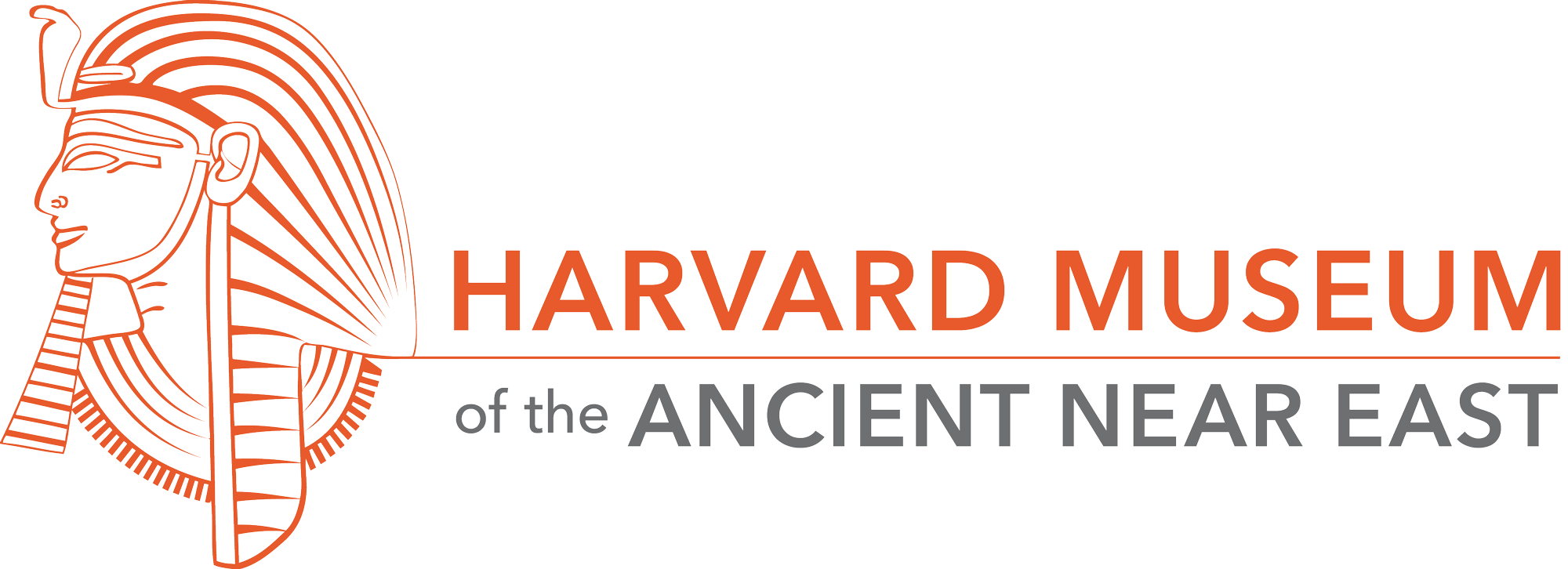6. Duck Weight
In Boston, we love our Duck boats, but, as you can see in this case, in ancient Mesopotamia they loved their duck weights. The row of ducks exhibited here are not little statuettes, but tools of the merchant’s trade. Let me explain.
Before the invention of coins, people exchanged products directly, for example, a pair of sandals for a donkey load of wood. They might also have traded for a quantity of precious metal, such as silver. This metal was weighed out on a balance scale. The balance weights appeared in a variety of shapes and materials. Each merchant could have had his own set so that they could understand the weight or value of the goods for which they were trading. An incredible assemblage of over 145 different weights was recovered from the late 14th century BC shipwreck at Uluburun, off the southern coast of Turkey. More than half were made of stone, and about one quarter were of bronze, including weights in human and animal shapes.
The duck-shaped weight was a standard form used in the Bronze Age of Mesopotamia. It's unclear why they chose to use the form of a duck with its head resting on its back. The exquisite agate duck weight that you can see exhibited here weighs 8.84 grams, which equals one shekel. According to ancient texts, one silver shekel would buy you a fattened sheep in Assur around 2000 BC, not a bad price by today's standard. That weight of that silver today is only worth about $4.00!
Your next stop is #7 in the section marked “The Movement of Goods, People and Ideas”.
